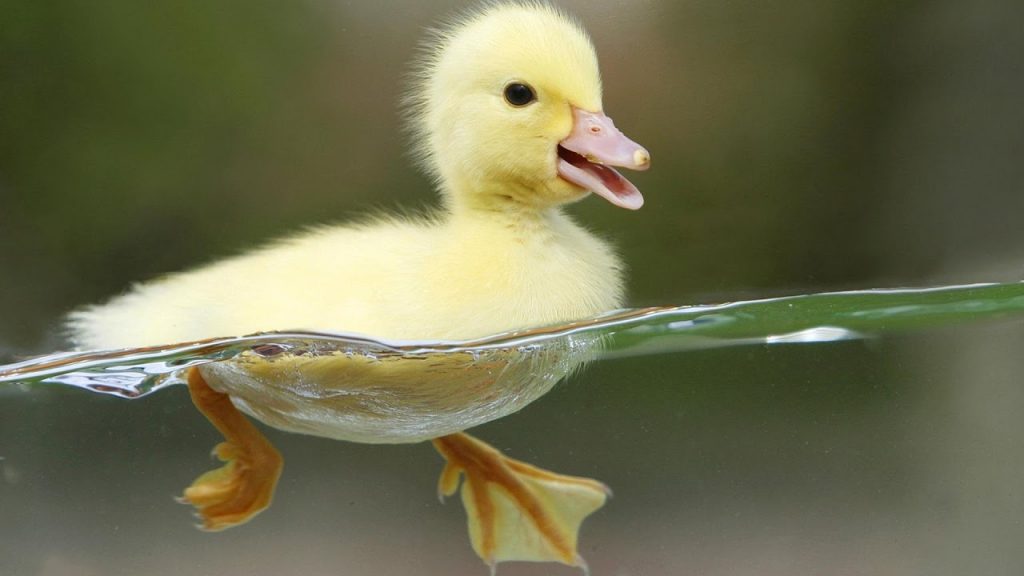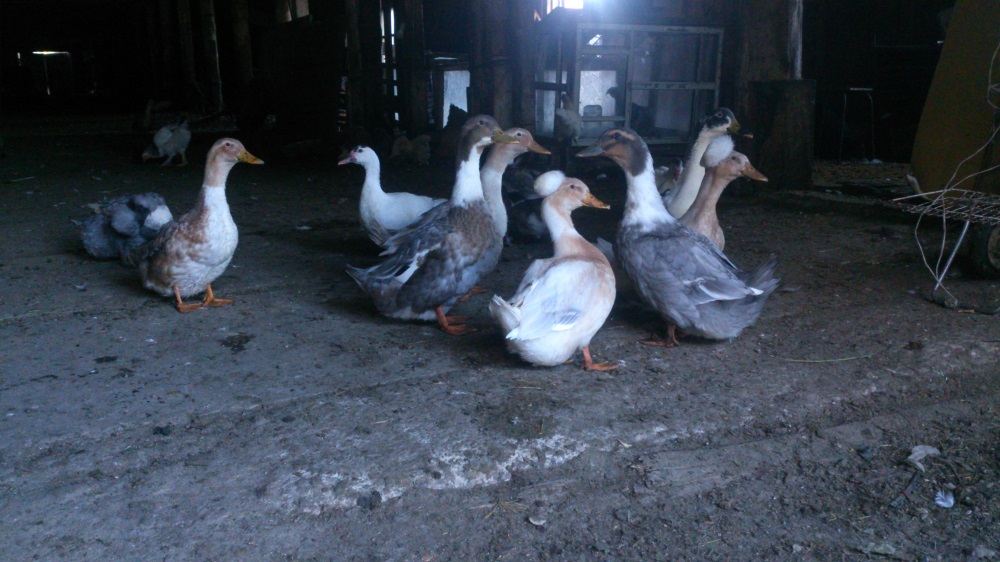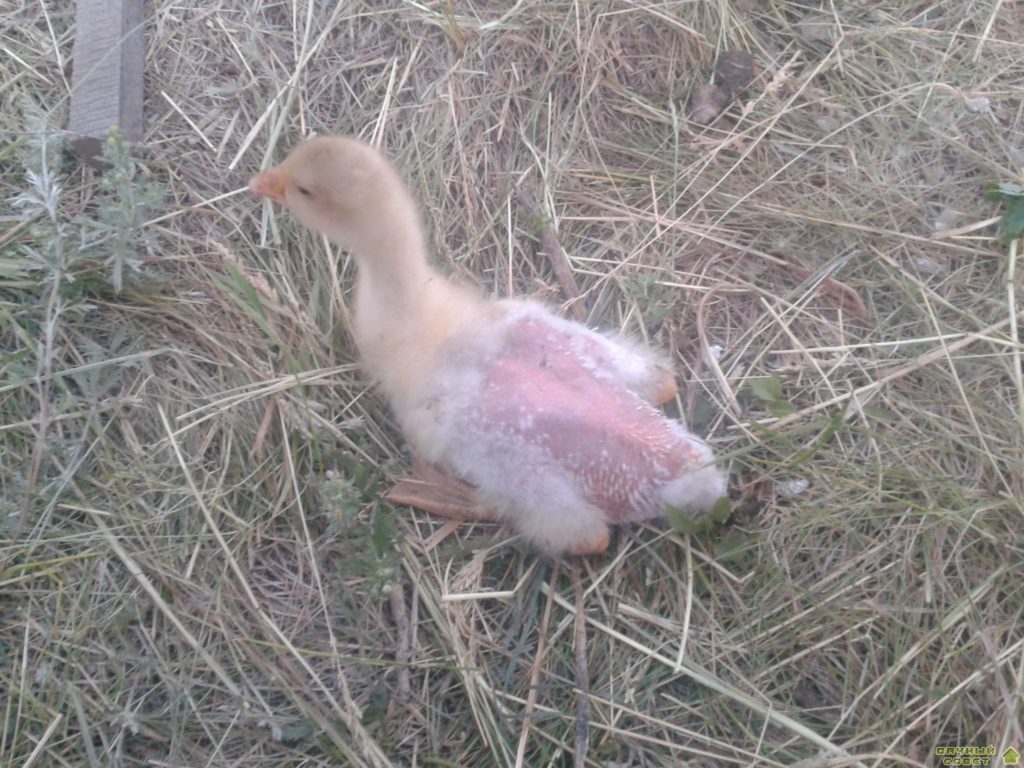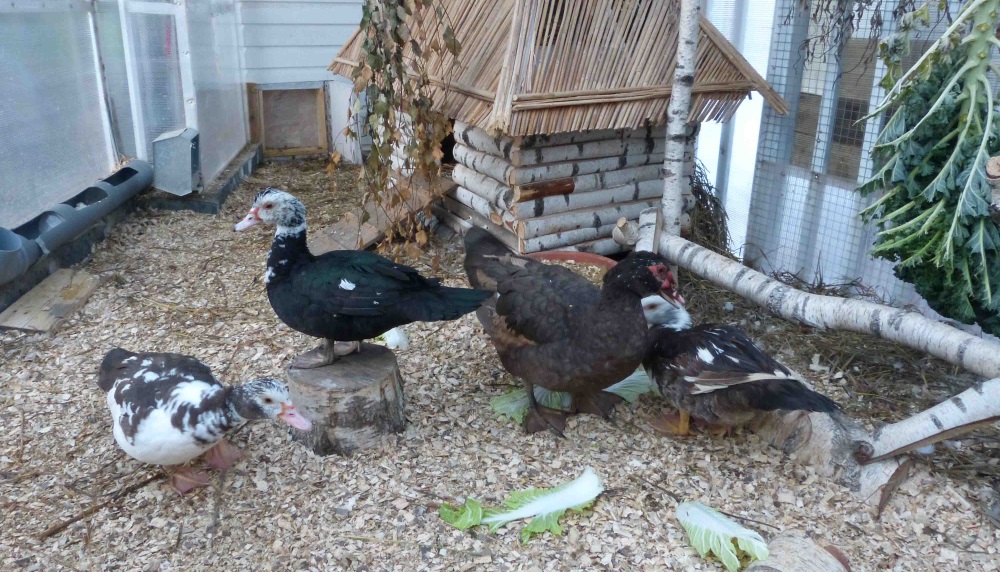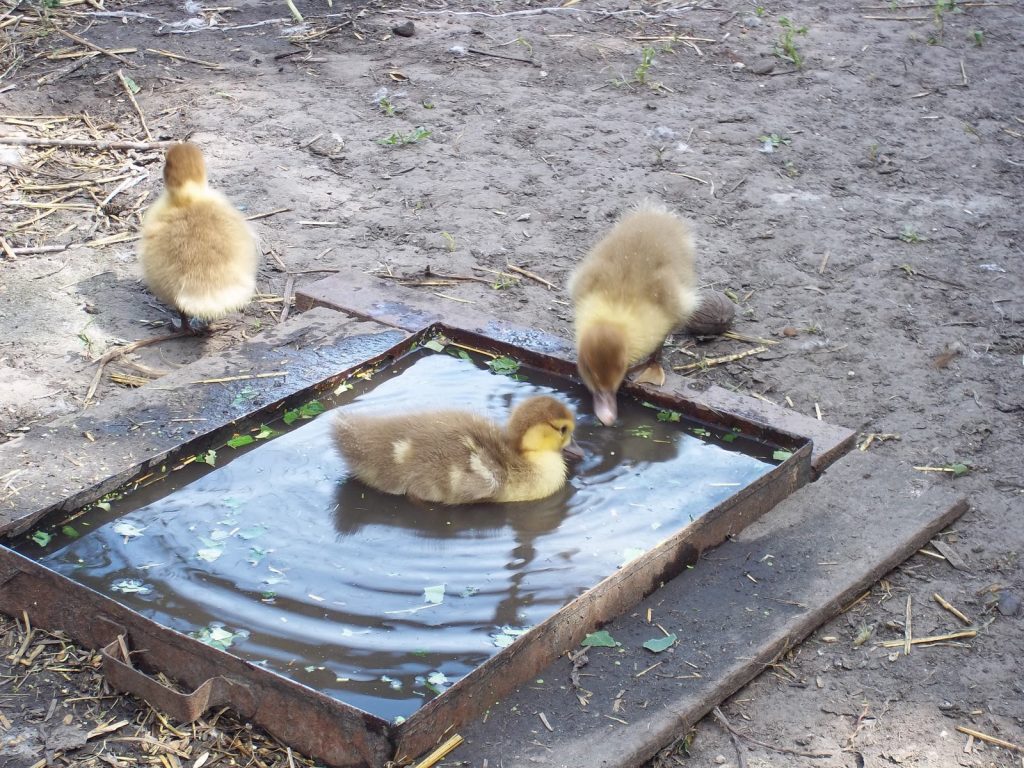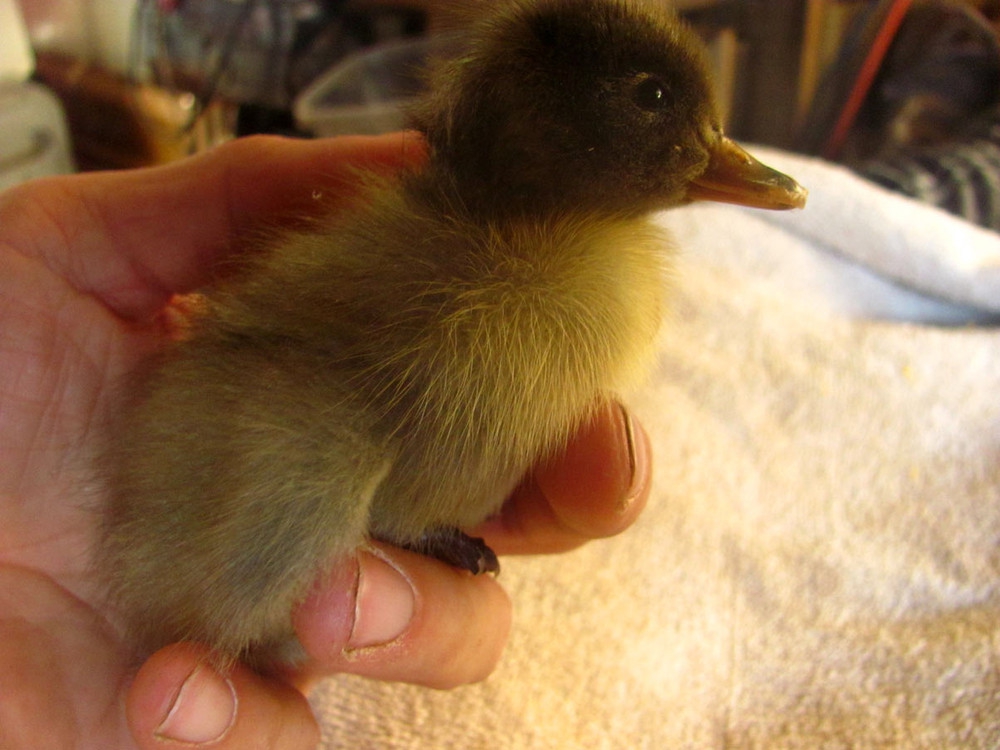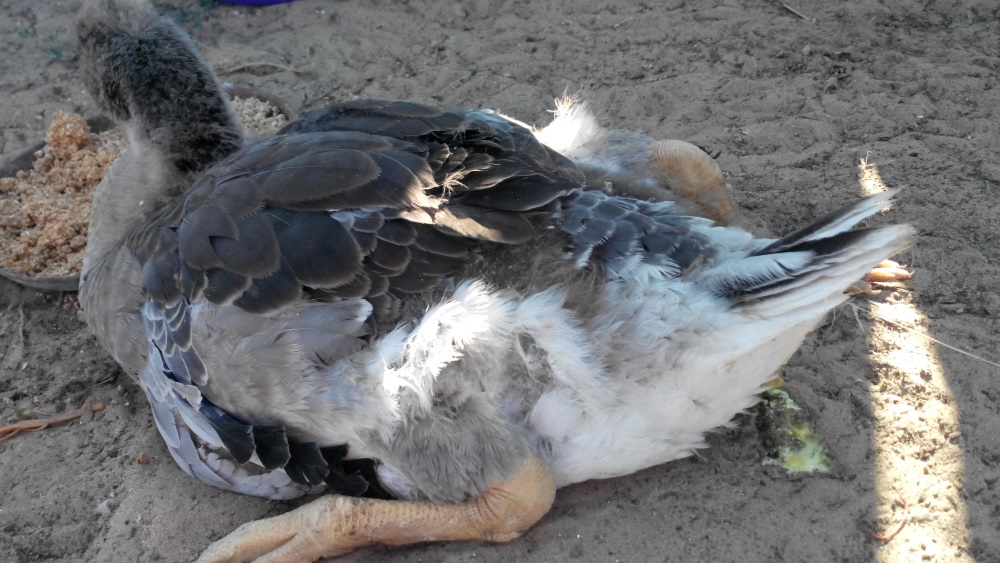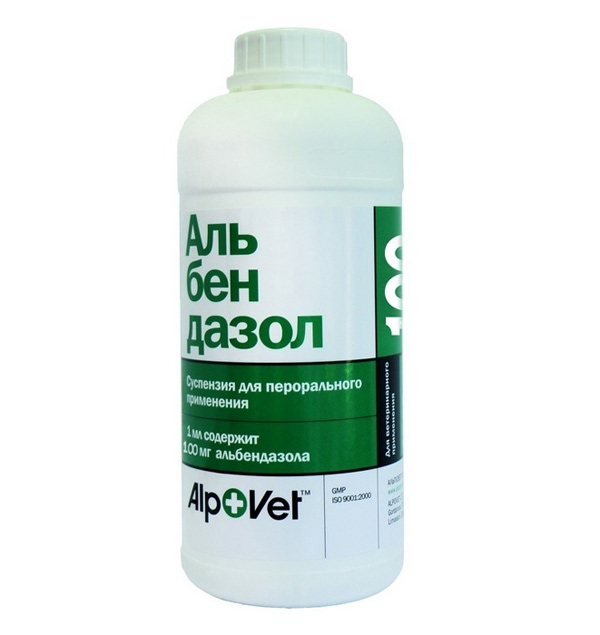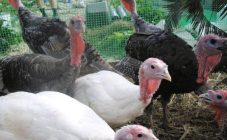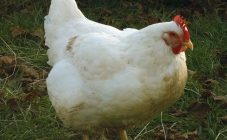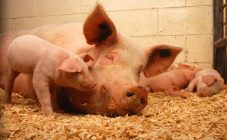Content:
general description
Breeding ducklings is considered a fairly profitable business, which does not require much effort. Breeding poultry is also beneficial because the amount of waste is minimized. Ducks are very unassuming in food, do not require special care, only diseases that, like all birds, are ill with ducklings, can be difficult. But with the right and timely approach and treatment, catastrophic costs can be avoided.
Ducks are not inferior in taste to the meat of other birds, but rather, they even have a number of advantages over them. It is very tender, in terms of the amount of vitamins and minerals it contains, it surpasses even chicken. It can be used with any diet as it is very low in fat. Finally, from one duck, you can get about 3 kg of pure meat.
Duck liver has excellent taste. Scientists have even developed a special duck breed that is grown exclusively for the liver. An incubator is needed to breed it, as it maintains a constant desired temperature. In the liver of ducks of this breed, the weight can reach about 600 grams. The liver is used to prepare a popular and extremely healthy dish called foie gras.
There are no special devices for breeding ducks. They are grown in a cellular and natural way. The cage can be more convenient for the farmer: the duck will not go anywhere, no one will crush it. But under natural growth conditions, the duck will bring more profit due to the rapid weight gain. There is a breed of ducks called Mulard. It is a crossbred Indonesian duck and a Peking duck. This is a hybrid, which was bred specifically to obtain better quality and dietary meat.
Diseases of ducklings symptoms and treatment
Like raising any animal or bird, breeding ducks also has disadvantages. Diseases are considered the biggest of these. Diseases of this bird are not uncommon. Many farmers ask themselves the question: "why are ducklings dying?" The answer must be sought in polluted rooms, contacts with stray animals, etc. There are vaccines or adequate treatments for many diseases. In any veterinary pharmacy, you can buy drugs that will help cure one or another ailment of ducklings.
Diseases of small and adult ducks are divided into three categories:
- Those that are transmitted through droppings or airborne droplets. Infectious diseases also belong to this category;
- Those that are not transmitted;
- Those caused by parasites.
The first group of diseases is considered the most dangerous. This is due to the fact that some infections are transmitted so quickly that a large number of birds die within a few hours after the disease. That is, for some diseases, the count goes by minutes.
What to do if ducklings die, how to treat diseases? The very first thing that needs to be done is to determine the disease by symptoms.
Among infectious diseases, the most common are:
- Bacillary white diarrhea;
- Colibacillosis;
- Aspergillosis;
- Duck Plague;
- Salmonellosis;
- Cholera.
Bacillary white diarrhea
Bacillary white diarrhea, in most cases, affects young ducklings that are less than a week old. Adults can also get sick with bacillary white diarrhea, but ducklings endure the disease an order of magnitude more difficult than ducks that have reached the threshold of puberty. The disease in an adult can cause deformation of the ovary. And, ducks who have had a chronic form of bacillary white diarrhea will lay fewer eggs. All eggs will be infected and the hatched ducklings will certainly get sick with this disease. The disease is transmitted by airborne droplets, as well as through water, flooring and feed. Symptoms typical for this disease:
- Liquid feces of white color, with the presence of foamy discharge in it;
- Refusal to eat;
- Temperature rise;
- Lethargy;
- Ducklings huddle together in a dark place;
- Constant squeak;
- The duck's legs are parting.
For the treatment of bacillary white diarrhea, there are antibiotics, such as chlortetracycline, furazodoline with biomycin. These drugs are mixed with food, if the duck refuses to eat, it is forced to feed. Subsequently, it will be more profitable to slaughter a bird that has been ill, since it will bring infected offspring, and there will be an order of magnitude less eggs. If the disease is not noticed in time or the symptoms are ignored, more than 85% of heads can be lost.
There are preventive measures that can help prevent disease in the rest of the bird. Chicks with symptoms of bacillary white diarrhea are restricted from other ducks; in the room where they were kept, disinfection is carried out, the flooring and water in the drinking cup are changed. It is recommended to treat the room with any insect repellent. Chicks that have died from this disease are burned or buried away from the rest of the bird.
Colibacillosis
Colibacillosis, like bacillary white diarrhea, in most cases, affects one-month-old chicks, whose age does not exceed 15 days. At a young age, the disease is severe. In adults, it becomes chronic. You can get infected by airborne droplets, through water in a sippy cup, food, flooring. The incubation period can last from one day to a month. Signs of colibacillosis:
- Blue beak;
- Lack of appetite;
- Thirst;
- Green diarrhea, which soon changes color to white. Bloody discharge may appear in feces;
- Lethargy;
- The duck tries to pull in its neck;
- Raising feathers.
Colibacillosis should be treated with antibiotics such as biomycin and tetracycline. The dosage will be helped by a specialist who works in any specialized veterinary pharmacy.
To prevent colibacillosis, in order to prevent it, you can drink the whole bird with antibiotics in small quantities. Cottage cheese and vitamin supplements are added to the feed for ducklings. On the first day of the chicks' life, they can be drunk with yogurt. The room in which the bird is located is treated with disinfectants. Individuals who died from this disease are burned or buried at a great distance from the location of a live and healthy bird.
Aspergillosis
Aspergillosis is a disease that affects the lungs and respiratory system of two month old ducklings. Adults can also develop aspergillosis. In adults, it proceeds with little or no symptoms and is chronic. Young ducks are more difficult to tolerate. With untimely assistance, up to 70% of chicks can die. The incubation period lasts a day. Among the signs that are characteristic of this disease, the following can be distinguished:
- Diarrhea;
- The eyes begin to fester;
- Deep cough;
- The appearance of foamy discharge from the beak;
- Refusal to eat;
- Lethargy;
- Convulsions.
In home treatment of aspergillosis, copper sulfate and potassium iodide can help, with a solution of which the bird is soldered. You can buy a drug called Nystatin at your veterinary pharmacy. It should be added to the bird's feed within 2 weeks.
For preventive purposes, the room in which the chicks are kept is constantly ventilated. With good air circulation, the risk of contracting aspergillosis is significantly reduced. A healthy bird is inhaled with potassium chloride. The premises are disinfected once a week. The food that ducks eat must be free of mold.
Duck plague
Duck plague affects ducks of all ages. The plague proceeds exclusively in an acute form. The cause of the disease is insect bites, contacts with stray animals, rats. The disease is very serious. High mortality rate. In chicks, the mortality rate reaches 100%. Duck plague symptoms are:
- Runny nose;
- Diarrhea;
- Inflammation and redness of the eyes;
- Refusal to eat;
- Lowering the wings;
- Intense thirst;
- The ducklings start to feel dizzy, this causes uncoordinated movements.
If these symptoms are found, diseased ducks must be killed immediately.
To prevent duck plague, ducks are vaccinated when they reach a week of age. Also, for the purpose of prophylaxis, the room in which the bird is kept is disinfected weekly. The flooring, together with waste, must be incinerated.
Salmonellosis
Salmonellosis is transmitted to ducks through drinking water, food, eggs, air. The infection is dangerous not only for birds, but also for humans. This infectious disease affects ducks of any age. Among the symptoms are the following:
- Diarrhea in ducklings;
- Refusal to eat;
- Lowering the wings;
- Disorientation;
- Purulent mucus from the eyes;
- A sharp rise in temperature.
Treatment is with antibiotics: biomycin and tetracycline. They are mixed with feed. In the absence of appetite, ducks are forced to feed them. The antibiotic enroflon has also proven itself well. Enroflon instructions for use for ducklings are sold with packaging. The dosage will be helped by a specialist working in a veterinary pharmacy. Enroflon will help to cure not only the duck suffering from salmonellosis. Both the gosling and the Indoor are soldered with Enroflon.
To avoid this disease, the premises should be disinfected weekly. Chicks that have just been born must be fed immediately. Fish oil, bread yeast, greens are added to the feed for adults.
Cholera
Cholera affects the mucous membranes of ducks of any age. Adults suffer from a chronic form, and young animals - an acute one. The disease can be contracted through insect bites, drinking water, food, waste products, and airborne droplets. The symptoms typical for this disease are:
- Refusal to eat;
- Intense thirst;
- Swollen lower limbs;
- The neck begins to bend;
- Ducklings cough and sneeze;
- Diarrhea mixed with blood;
- Chicks start to rush and walk back;
- A sharp rise in temperature.
The disease is capable of depleting chicks. It is not possible to cure it today. It is recommended to slaughter a sick bird. The meat is not suitable for consumption.
For preventive purposes, little ducklings are vaccinated at home. The room in which the bird is located is treated from insects.
Diseases that are not transmitted from individual to individual can be caused by improper selection of food or inappropriate care of ducks. If one or more ducks are ill, they are shown to the veterinarian and he will prescribe the necessary treatment.
Diseases caused by parasites, namely worms, are treated with albedazole. The dosage of this drug depends on the weight of the bird. For preventive purposes, the contact of ducks with stray animals is limited.
There are symptoms in which youngsters turn onto their backs. So why do the ducklings roll over onto their backs? This is one of the signs of viral hepatitis. In addition to this sign, ducklings throw their heads back. Unfortunately, treatment for hepatitis is useless.
With the undoubted advantages of breeding this bird, there is one and very large drawback. These are the diseases of ducklings. A lot of questions are of concern to beginners who decided to start breeding ducklings:
- why ducklings have legs giving up;
- ducklings wheeze with what to treat;
- ducklings sneeze with what to treat;
- why ducklings start to go bald;
- why do ducklings have back bends, etc.
Ducklings should be carefully examined for other symptoms and a correct diagnosis should be made. If it is a viral or infectious disease, it should be treated with antibiotics. The veterinary pharmacy can advise the modern drug metronidazole. The dosage of metronidazole for ducklings is 0.5 mg per 1 g. weight. It can be used to prevent many diseases. If not properly cared for, the bird will die.
But with proper care, constant disinfection of the room, treatment from insects, clean water in the drinking bowl, many diseases affecting ducks can be avoided.
